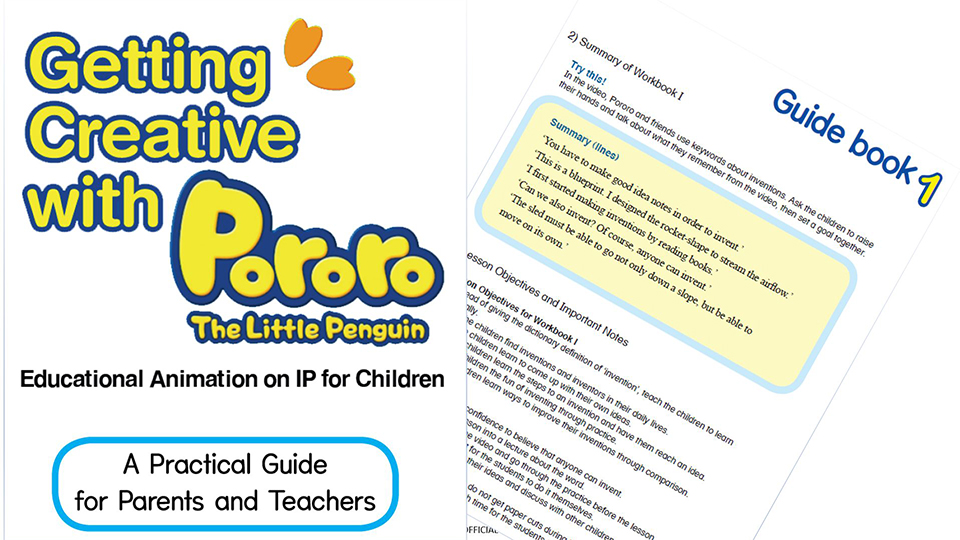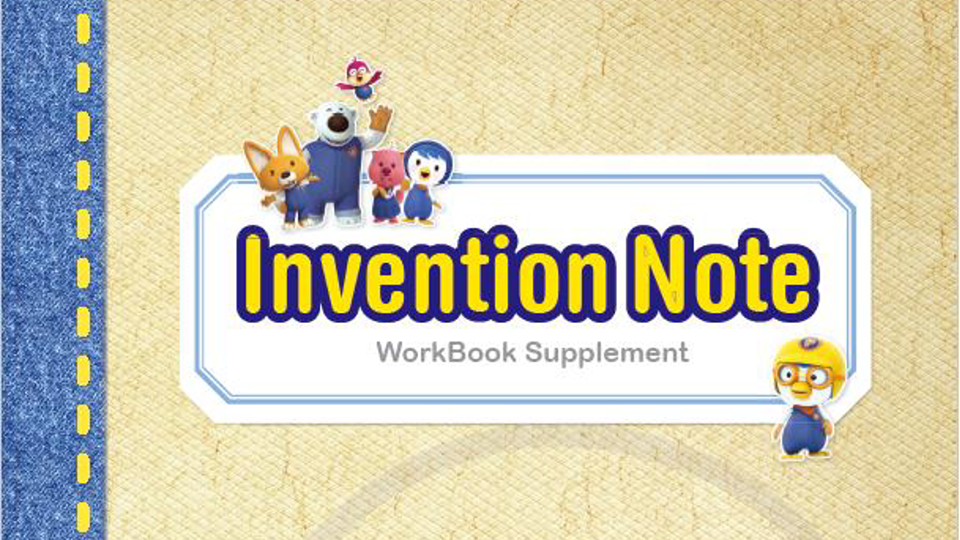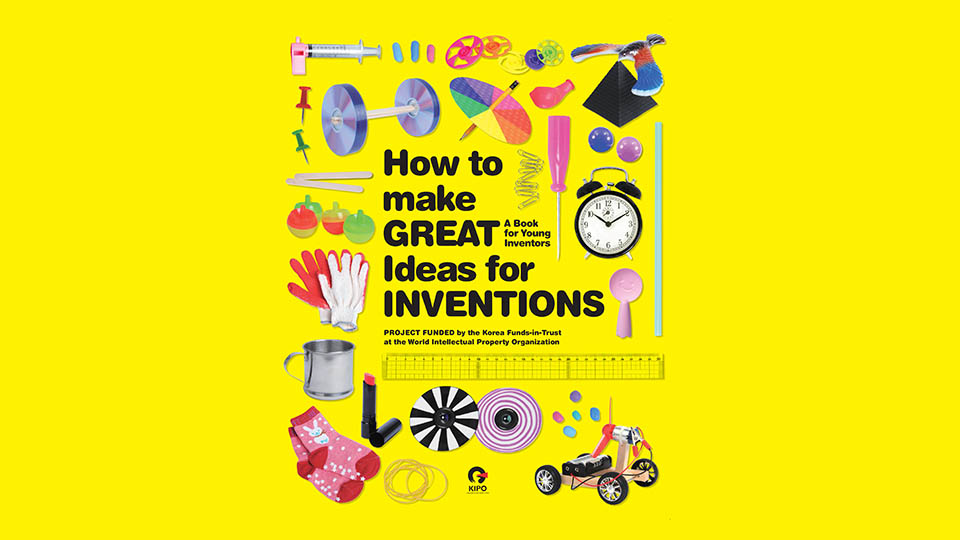IP Basics for Start-ups and SMEs
For busy entrepreneurs and business professionals on the go, the Republic of Korea Funds-in-Trust for IP Education (FIT-KREDU) and the WIPO Academy have developed bite-sized video lessons about the basics of intellectual property (IP) for start-ups and scale-ups.
The engaging lessons focus on practical take-aways and lessons learned from the experiences of entrepreneurs from start-ups and scale-ups.

Learn how IP can help start-ups and scale-ups achieve business success
Pororo animation videos on intellectual property (IP)
There is a 3D animated character ‘Pororo’ from the famous television program “Pororo the Little Penguin.” ‘Pororo’ is so popular among children that he is even called the ‘President of Children.’ Pororo TV program has aired in 82 different countries, in various languages, inspiring children with hopes and dreams all over the world.
WIPO has produced five educational episodes of Pororo in collaboration with the Korean Intellectual Property Office (KIPO) and the Korea Invention Promotion Association (KIPA) and funded by FIT/Korea IP. These episodes give children a basic understanding of intellectual property rights, teach them to respect the ideas of others, and show them ways of coming up with their own ideas.
Throughout the series, Pororo and his friends embark on exciting challenges to invent a new sled while learning practical lessons along the way. Children will learn about the invention process, design, trademarks, and many other concepts relevant to Intellectual Property (IP).
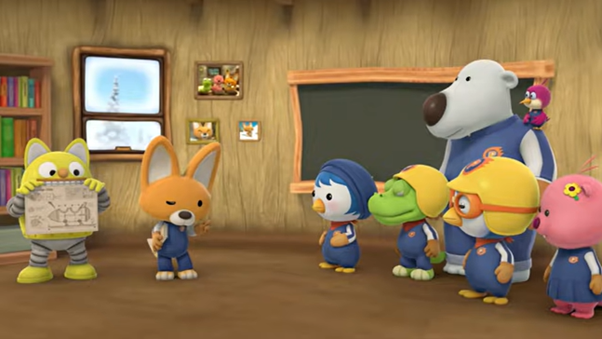
These Pororo episodes were produced in 9 different languages: Arabic, Chinese, English, French, Korean, Portuguese, Russian, Spanish, and Thai. These animations were made accessible via the WIPO Youtube channel, and the first episode’s views in English exceed 8 million.
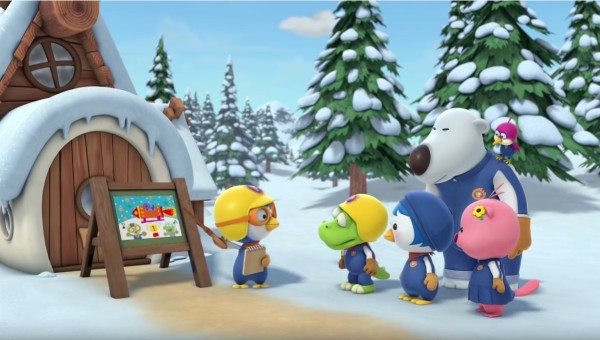
"Great Ideas"
Pororo and friends invent a jet-engine sled. They discover the nature of invention and the importance of keeping records of the development process.
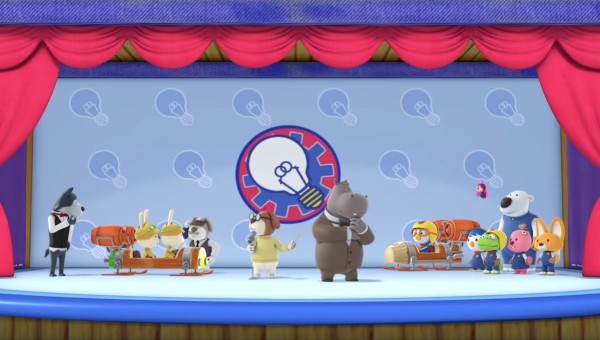
"The Invention Contest"
Pororo and friends enter the jet-engine sled in an invention contest, and learn about the basic conditions that must be satisfied before an invention can qualify for legal protection.
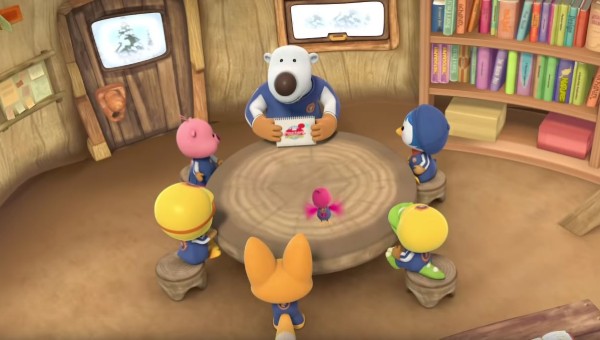
"Pororo Makes His Mark"
Pororo and friends discover the benefits of trademarks, when sleds made by the Rabbit Twins are mistaken for Pororo’s sled. The friends learn what makes a valid trademark and invent a suitable name and logo.
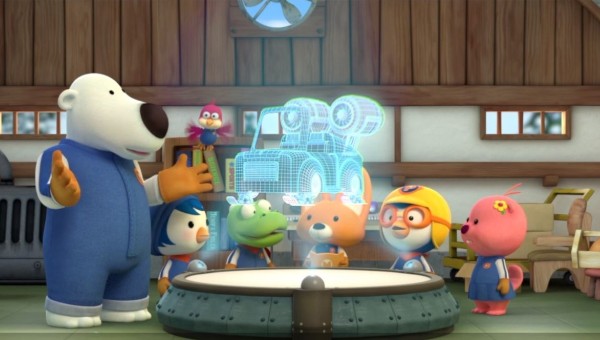
"A New Sled Design"
Pororo and friends learn about the nature of the design process when they decide to redesign their sled to improve its look and performance. They begin work by brainstorming all the changes they wish to make. The redesigned model proves to be a success, and many friends line up asking for a sled of their own.
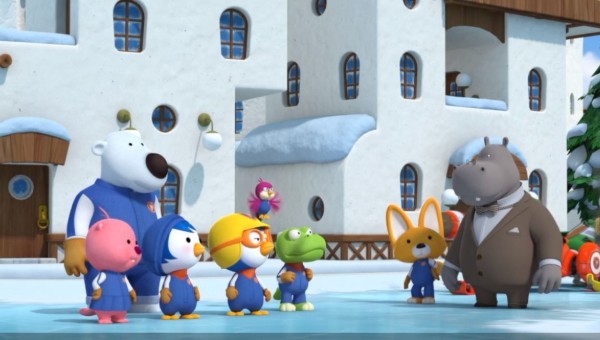
"Fake Sled Chaos"
Pororo and friends learn the importance of respecting IP rights. The Super Sled is a hit in Invention Town until news that one was involved in a crash. On investigation, it turns out that the sled was a counterfeit version made by Brown Bear. Helped by Judge Hippo, Pororo and his friends investigate…
Workbook and guidebook for ‘Pororo’ animation videos: “Getting Creative with Pororo”
Regarding the ‘Pororo’ IP animation videos (Link to “Pororo IP Animation Videos” page), educational books were created for the first three episodes to provide students with an opportunity to explore the concepts presented in each video episode through creativity-enhancing activities. These books are a collection of hands-on exercises specifically designed to stimulate a child’s innate creative and intuitive capacities.
The books include textbooks, guidebooks, and invention notes.
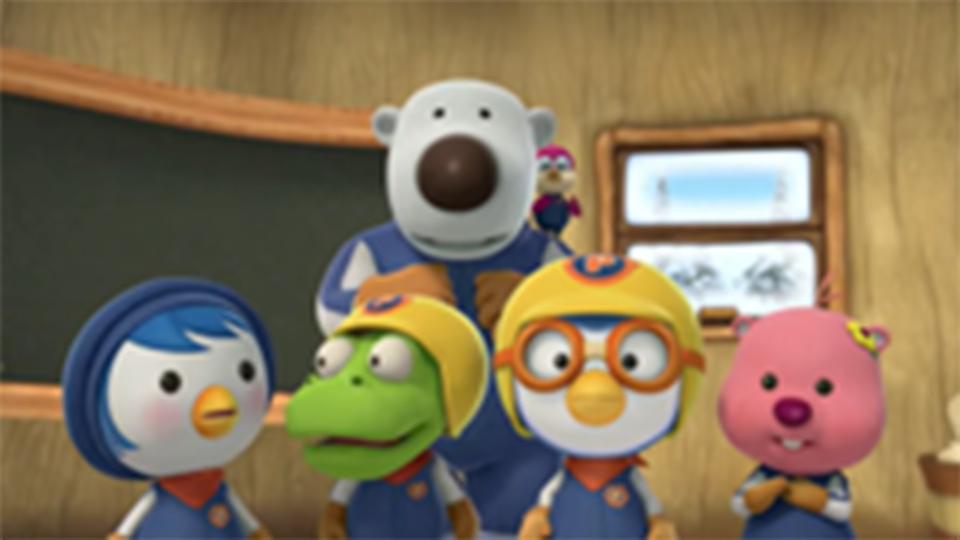
Pororo workbook
The Pororo Workbook is the children’s textbook for the first three episodes of Pororo animations. It consists of a textbook, a sticker book, and a paper popup kit for each episode. The students can learn through crafting materials and practical exercises.
Pororo guidebook
The Pororo Guidebook serves as an instructive reference for educators, detailing methods on how to effectively use the first three episodes as teaching tools for children.
Invention note
The Invention Note, also known as an Idea Note, is a method designed to enable individuals, particularly children, to document and develop their own inventions. It allows them to capture their innovative thoughts using both text and illustrations, thereby fostering creativity and interest in their own idea-generation process.
WIPO, in collaboration with the Korean Intellectual Property Office (KIPO) and the Korea Invention Promotion Association (KIPA) funded by FIT/Korea IP, has created these books. The books are published in English , Arabic
, French
, Korean
and Spanish
.
National Invention and Creativity Education (NICE) Program
The National Invention and Creativity Education (NICE) Program was established by the Republic of Korea Funds-in-Trust for IP Education (FIT-KREDU) and the WIPO Academy to provide a holistic approach for advancing national IP education capacity in developing countries, least-developed countries and countries in transition.
The NICE Program targets teachers and students to build intellectual property (IP) literacy in schools by placing an emphasis on invention, innovation and creativity education. The Program also engages government officials involved in curricula setting and IP, and educators to promote awareness of invention and IP, as well as development of problem-solving abilities, among teachers and students.

How does the program work?
Based on the experience of invention and creativity education in Korea, the NICE Program is delivered in collaboration with participating countries wishing to introduce invention and IP education, KIPO, KIPA, and other invention and creativity related institutions or schools through a series of training phases culminating in mentorship. The program features:
- An in-person training course for teachers and policymakers in Korea;
- An in-person training of teachers workshop in the participating country;
- Support for the development of a business plan to implement education on invention and IP for students at elementary and secondary schools;
- Holding invention competitions;
- Mentorship with the advisory experts from the Republic of Korea; and
- Support for a national roving seminar to raise awareness of students and teachers on invention and IP.
With the support of FIT-KREDU, the WIPO Academy will implement activities to assist participating countries in enhancing the capacity of IP education at the national level for sustainable development.
Appropriate Technology Competition
The Appropriate Technology (AT) Competition, hosted by the World Intellectual Property Organization (WIPO), invites innovators to design sustainable, affordable, and accessible technological solutions to uplift the quality of life in developing countries. The competition emphasizes the creative use of patent information to address pressing issues faced by local communities. The competition rewards deserving winners with suitable recognition and incentives.
The competition fosters creativity and innovative thinking in problem-solving and offers a platform for skill and knowledge development in technology, engineering, and entrepreneurship. With a diverse pool of participants, the competition promotes collaboration and cross-sectoral partnerships.
WIPO's partnership with national Intellectual Property (IP) offices and the Korean Intellectual Property Office (KIPO), funded by FIT/Korea IP, makes these competitions possible. In 2009, KIPO proposed the idea of "utilizing patent information in the transfer of AT" at the 3rd session of the Committee on Development and Intellectual Property, leading to the organization of AT Competitions under the FIT/Korea IP with the theme "innovative solutions for everyday life.”
Since its inception in September 2011, the AT Competition has been hosted in numerous countries, fostering innovation and providing appropriate technological solutions for communities worldwide.

